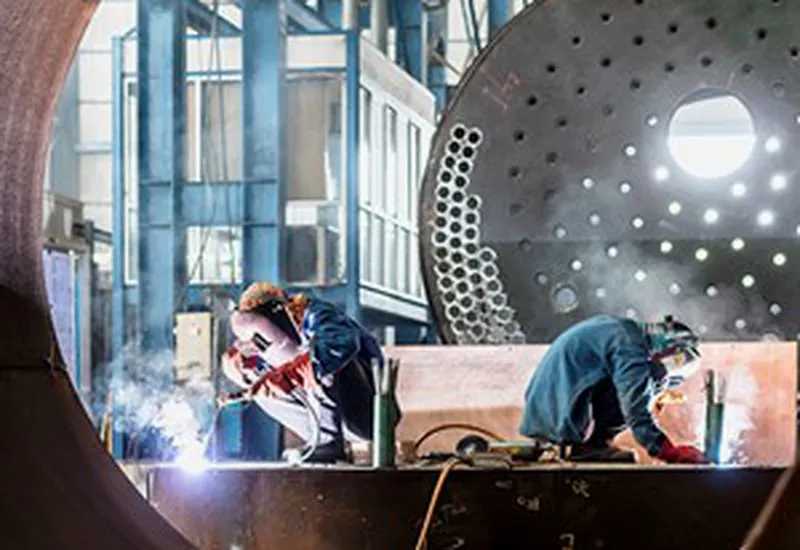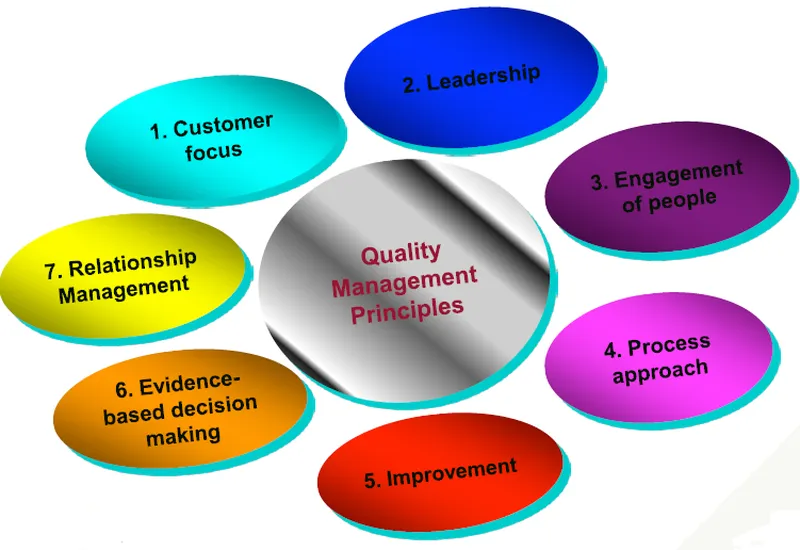7 Quality Management Principles - Part 2/2
QMP 4 – Process approach
Statement
Consistent and predictable results are achieved more effectively and efficiently when activities are understood and managed as interrelated processes that function as a coherent system.
Rationale
The quality management system consists of interrelated processes. Understanding how results are produced by this system enables an organization to optimize the system and its performance.
Key benefits
- Enhanced ability to focus effort on key processes and opportunities for improvement
- Consistent and predictable outcomes through a system of aligned processes
- Optimized performance through effective process management, efficient use of resources, and reduced cross-functional barriers
- Enabling the organization to provide confidence to interested parties as to its consistency, effectiveness and efficiency
Actions you can take
- Define objectives of the system and processes necessary to achieve them.
- Establish authority, responsibility and accountability for managing processes.
- Understand the organization’s capabilities and determine resource constraints prior to action.
- Determine process interdependencies and analyse the effect of modifications to individual processes on the system as a whole.
- Manage processes and their interrelations as a system to achieve the organization’s quality objectives effectively and efficiently.
- Ensure the necessary information is available to operate and improve the processes and to monitor, analyse and evaluate the performance of the overall system.
- Manage risks that can affect outputs of the processes and overall outcomes of the quality management system.
QMP 5 – Improvement
Statement
Successful organizations have an ongoing focus on improvement.
Rationale
Improvement is essential for an organization to maintain current levels of performance, to react to changes in its internal and external conditions and to create new opportunities.
Key benefits
- Improved process performance, organizational capabilities and customer satisfaction
- Enhanced focus on root-cause investigation and determination, followed by prevention and corrective actions
- Enhanced ability to anticipate and react to internal and external risks and opportunities
- Enhanced consideration of both incremental and breakthrough improvement
- Improved use of learning for improvement
- Enhanced drive for innovation
Actions you can take
- Promote establishment of improvement objectives at all levels of the organization.
- Educate and train people at all levels on how to apply basic tools and methodologies to achieve improvement objectives.
- Ensure people are competent to successfully promote and complete improvement projects.
- Develop and deploy processes to implement improvement projects throughout
- the organization.
- Track, review and audit the planning, implementation, completion and results of improvement projects.
- Integrate improvement considerations into the development of new or modified goods, services and processes.
- Recognize and acknowledge improvement.
QMP 6 – Evidence-based decision making
Statement
Decisions based on the analysis and evaluation of data and information are more likely to produce desired results.
Rationale
Decision making can be a complex process, and it always involves some uncertainty. It often involves multiple types and sources of inputs, as well as their interpretation, which can be subjective. It is important to understand cause-and-effect relationships and potential unintended consequences. Facts, evidence and data analysis lead to greater objectivity and confidence in decision making.
Key benefits
- Improved decision-making processes
- Improved assessment of process performance and ability to achieve objectives
- Improved operational effectiveness and efficiency
- Increased ability to review, challenge and change opinions and decisions
- Increased ability to demonstrate the effectiveness of past decisions
Actions you can take
- Determine, measure and monitor key indicators to demonstrate the organization’s performance.
- Make all data needed available to the relevant people.
- Ensure that data and information are sufficiently accurate, reliable and secure.
- Analyse and evaluate data and information using suitable methods.
- Ensure people are competent to analyse and evaluate data as needed.
- Make decisions and take actions based on evidence, balanced with experience and intuition.
QMP 7 – Relationship management
Statement
For sustained success, an organization manages its relationships with interested parties, such as suppliers.
Rationale
Interested parties influence the performance of an organization. Sustained success is more likely to be achieved when the organization manages relationships with all of its interested parties to optimize their impact on its performance. Relationship management with its supplier and partner networks is of particular importance.
Key benefits
- Enhanced performance of the organization and its interested parties through responding to the opportunities and constraints related to each interested party
- Common understanding of goals and values among interested parties
- Increased capability to create value for interested parties by sharing resources and competence and managing quality-related risks
- A well-managed supply chain that provides a stable flow of goods and services
Actions you can take
- Determine relevant interested parties (such as suppliers, partners, customers, investors, employees, and society as a whole) and their relationship with the organization.
- Determine and prioritize interested party relationships that need to be managed.
- Establish relationships that balance short-term gains with long-term considerations.
- Pool and share information, expertise and resources with relevant interested parties.
- Measure performance and provide performance feedback to interested parties, as appropriate, to enhance improvement initiatives.
- Establish collaborative development and improvement activities with suppliers, partners and other interested parties.
- Encourage and recognize improvements and achievements by suppliers and partners.
The next step
This document provides a general perspective on the quality management principles underlying ISO’s quality management standards. It gives an overview of these principles and shows how, collectively, they can form a basis for performance improvement and organizational excellence. There are many different ways of applying these quality management principles. The nature of the organization and the specific challenges it faces will determine how to implement them. Many organizations will find it beneficial to set up a quality management system based on these principles.
Source: www.iso.org
Read more about 7 Quality Management Principles - Part 1 here.











main.comment_read_more